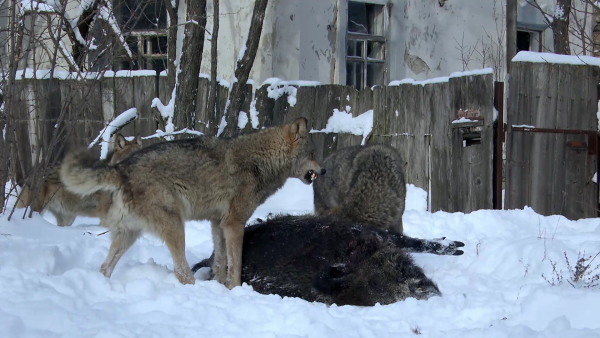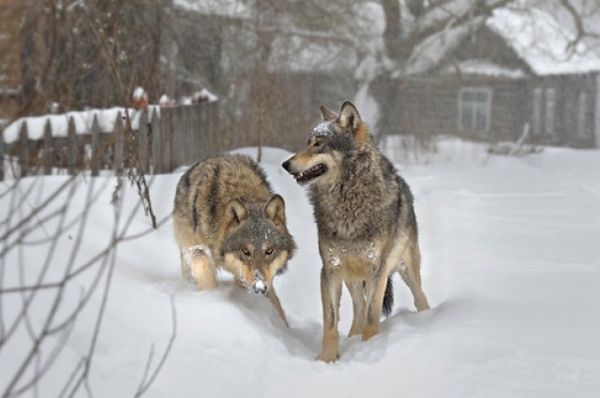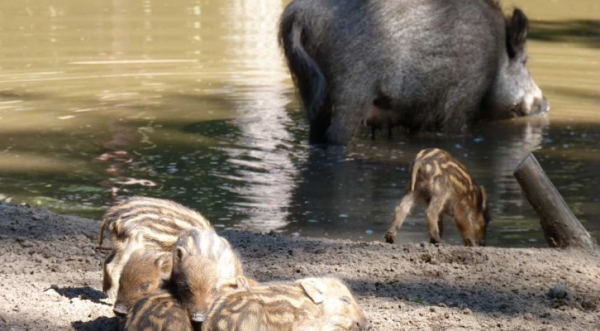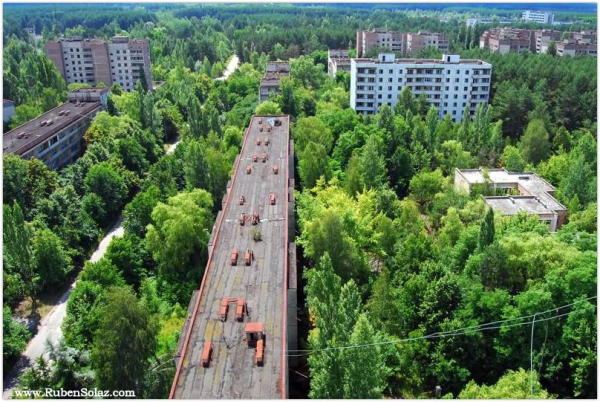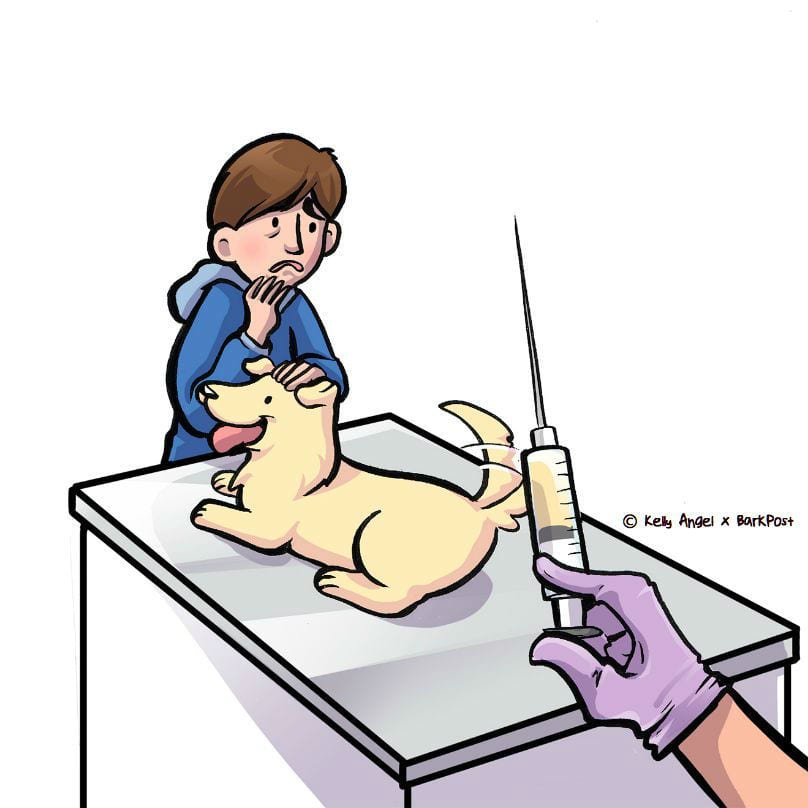In 1986 the Chernobyl disaster shocked the world and left a 1600 square mile section of earth completely uninhabited by humans. The abandoned civilization that remains is a picture of a once-human world re-claimed by the wild.
Aerial surveys conducted in 1987 and 1997 estimated that the wildlife numbers were on par with four uncontaminated nature preserves nearby. However, the number of wolves in the Chernobyl sector was more than seven times greater than in any of the four uncontaminated research sites.
Elk, deer and wild boar were also found to be more populous near Chernobyl at a time when their numbers were far lower in other areas of the Soviet Union.
Researchers stress that their findings do not indicate that radiation attracts animals or has any benefits to their reproduction and survival. The spike in wildlife is likely due to the lack of human threats including hunting, farming, forestry and urban spread.
Without human interference and with a steady supply of prey, the wolves seem to have found the perfect environment in which to thrive. No research was conducted as to the effects of radiation on wildlife populations during the study, so the long term results of life near Chernobyl are still unknown.
H/T to foxnews.com
Featured Image via Sergey Gaschak/slate.com

